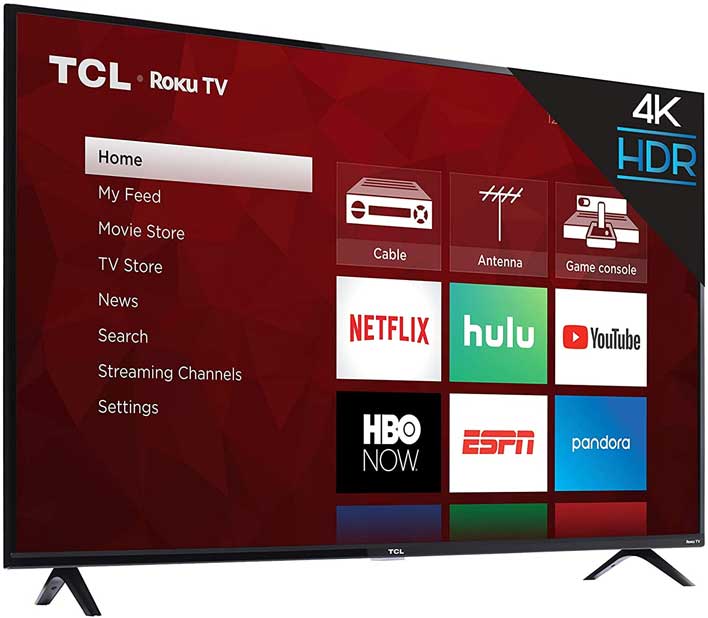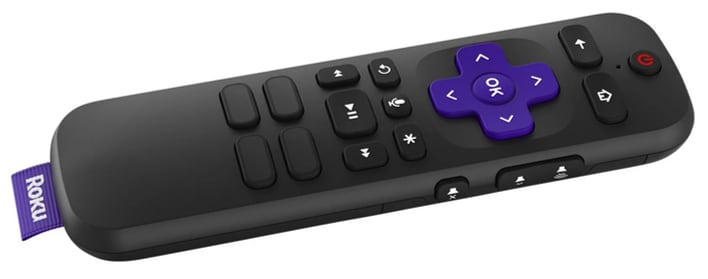Roku Reigned Supreme As The Best-Selling Smart TV Platform In 2020

According to data from NPD's Weekly Retail Tracking, the Roku TV platform managed to garner 38 percent of the market in the United States between January 5th and December 26th, 2020, making it the clear leader. Its market share in Canada was just a bit lower at 31 percent. Roku also claims that as of December 31st, 2020 it has 51.2 million active accounts, which was a 285 percent increase compared to December 31st, 2016.
Roku provided some additional stats, including the revelation that its users streamed over 17 billion hours of content during Q4 2020 (a 55 percent year-over-year increase) and 58.7 billion for all of 2020 (also a 55 percent YoY increase).

“I’m excited that more than 50 million households now turn to Roku for their TV viewing,” said Roku CEO Anthony Wood. “The world is moving to streaming and we look forward to continuing to help viewers, advertisers, content publishers, and TV manufacturers succeed in the Streaming Decade.”
As more people choose cord-cutting over traditional cable and satellite TV services, streaming has boomed in popularity. According to Roku, almost a third of all U.S. households have already cut the cord. By 2025, eMarketer projects that less than 50 percent of all U.S. households will still subscribe to a traditional TV plan.
What's interesting about the move to cord-cutting is that some of the same reasons for abandoning traditional TV is now plaguing streaming services. YouTube TV started off as a compelling enough option priced at $35/month when it debuted in 2016. However, its price has since ballooned to $65/month. It's a similar situation with Hulu TV, and AT&T TV Now (among other streaming services). And given that content holders are hoarding their programming for their own respect streaming services -- a la CBS All Access, Disney+, Peacock, etc. -- consumers are now paying for multiple streaming services to access all the content they want.
Is this a better situation than we had before cord-cutting? It's hard to say, but there are a much greater number of options these days for consuming content, allowing you to tailor your TV packages to your viewing habits.

